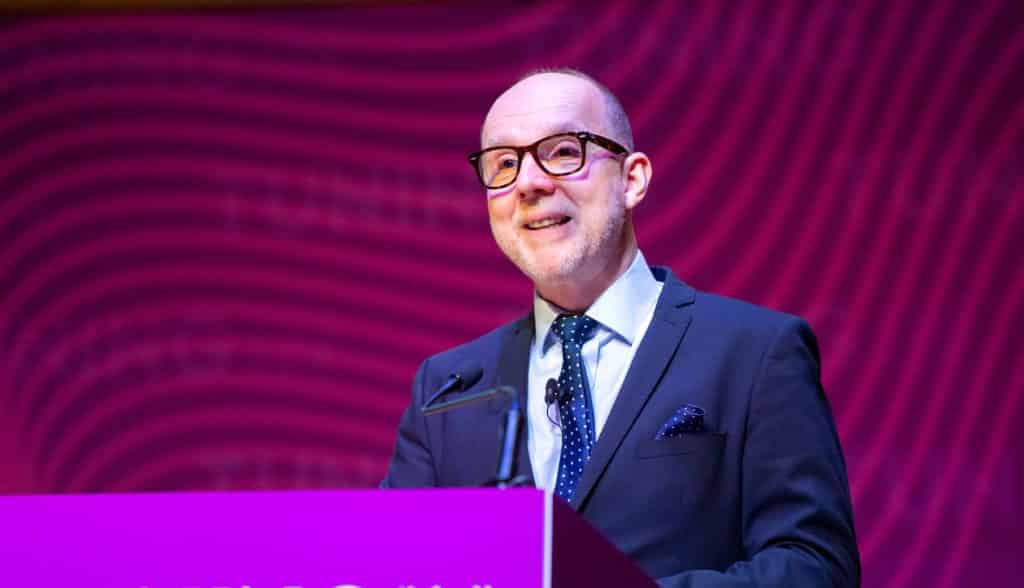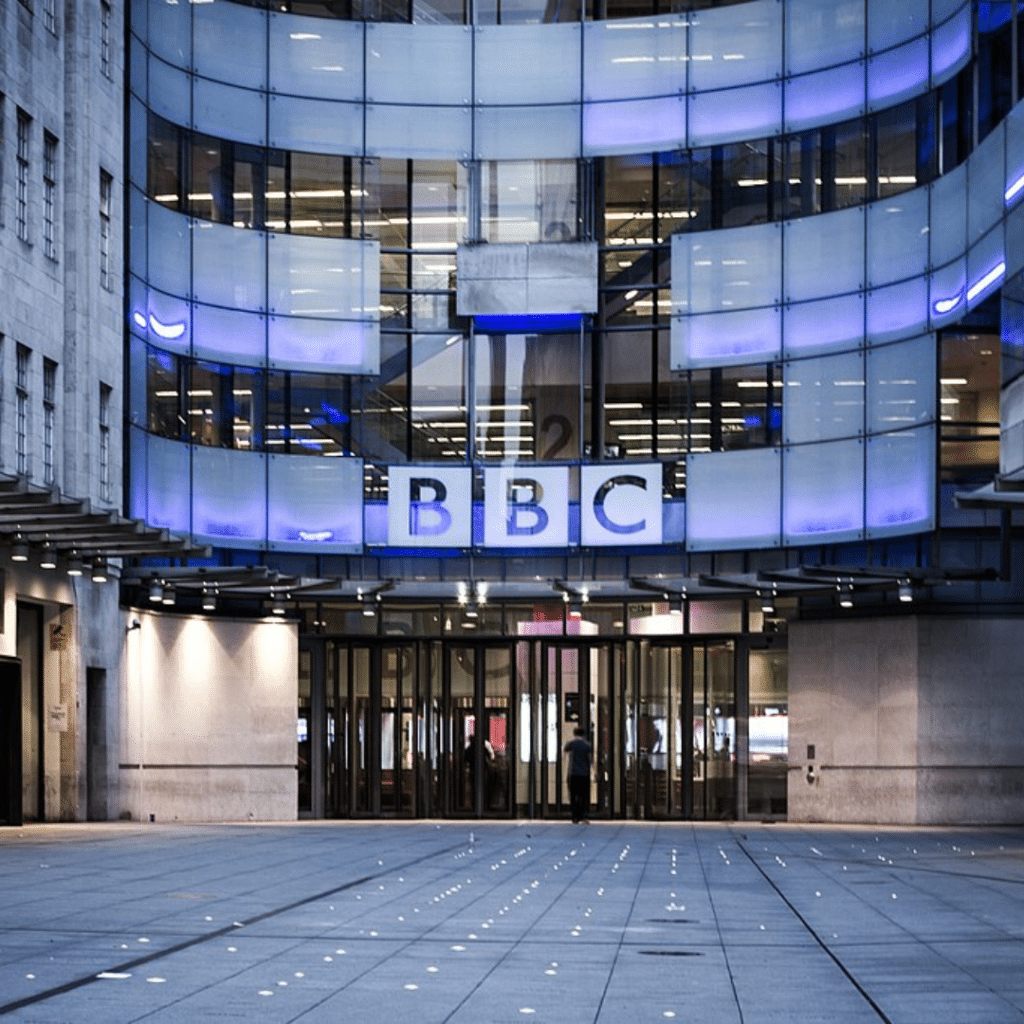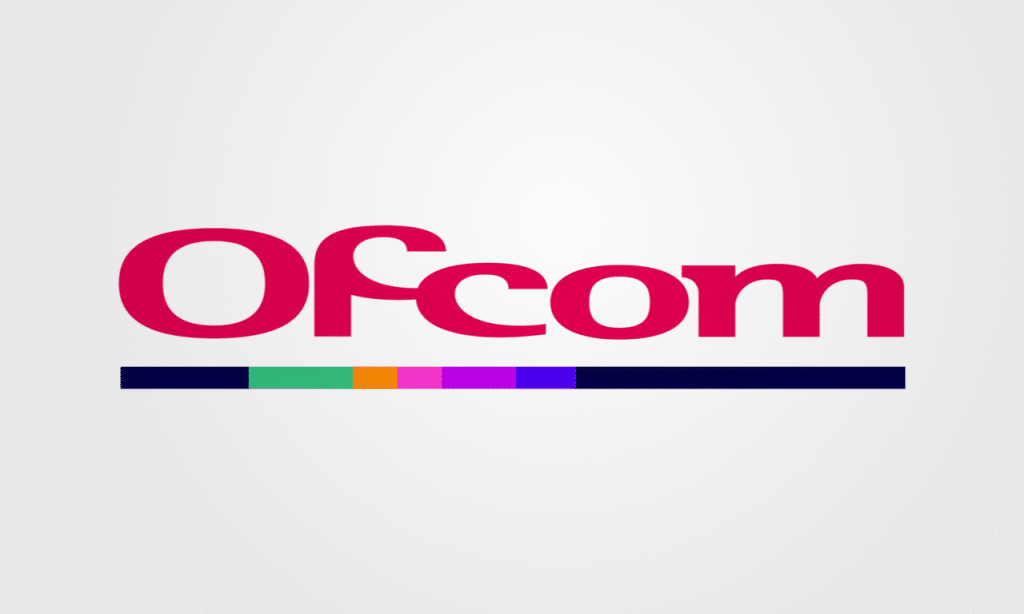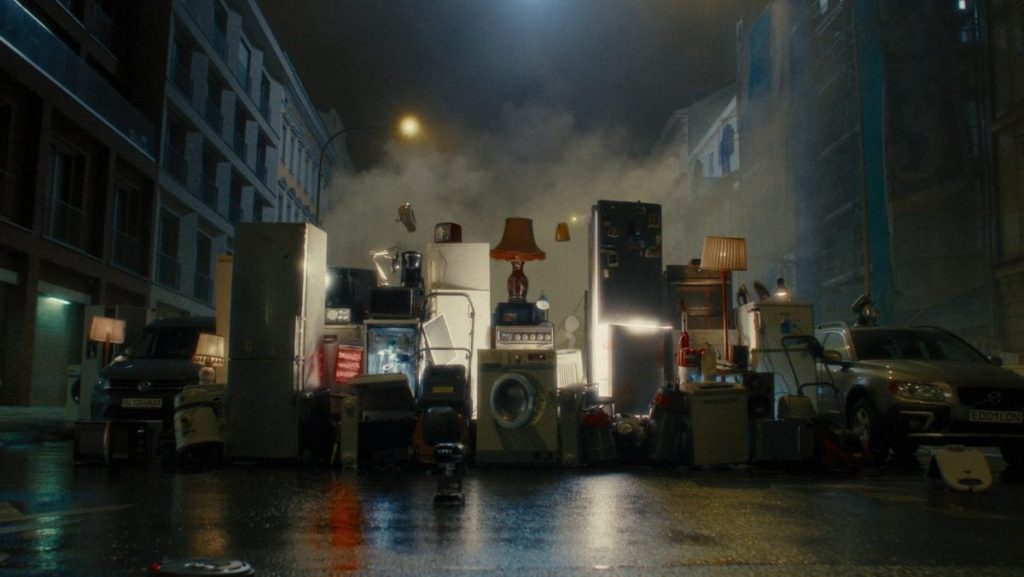It is impossible not to feel an intense and frustrating sense of déjà vu reading the latest research from media investment consultancy Ebiquity and the World Federation of Advertisers.
The research revealed how the current economic uncertainty is causing many advertisers to batten down the hatches and cut spend globally. The impact of this is felt more keenly in EMEA, where 37.5% of advertisers questioned intended to reduce media budgets in 2023, with one in 20 planning to cut spend by more than 10%.
Even amid the, admittedly worrying, economic conditions in the UK, this feels like an overreaction. The most recent Bank of England monetary report, published in August, projected that GDP will fall only marginally in each quarter from now until Q4 2023.
These forecasts suggested that the maximum projected decline in any one quarter would be 2.5% (in the third quarter of next year). The report predicted that the economy will show signs of recovery by the end of the year before achieving growth again in early 2024.
To put these numbers into perspective, in the first quarter of 2020 the economy declined by about 5% before falling sharply by 22% in the second. By the third and fourth quarters, this decline had narrowed to 7.5% and 5.0% respectively, meaning that full-year 2020 posted a total decline in GDP of 11%. In comparison, according to data from AA/Warc, total display advertising revenue for the year declined by only 8.3%.
This then begs the question, if projected declines in GDP are marginal compared with two years ago, why are 5% of advertisers predicting that they will cut budgets more than they did in 2020?
While brands are wise to be prudent, data from previous recessions clearly shows that when brands reduce spend ahead of the market, the net result is a smaller share of voice and, ultimately, a loss of market share.
Within these projected reductions in spending, a second worrying – but depressingly familiar – trend is emerging. Advertisers in EMEA are also disproportionately increasing their spending on digital media at the expense of more established media channels.
Again, it is understandable that marketers’ instincts are telling them to spend more on media that profess to target audiences with greater efficiency, but taking such an approach simply isn’t validated by the evidence.
As 2020 drew to a close, Radiocentre set out to understand the true value of media for growing brands during challenging times, working with Ebiquity to conduct a broad-ranging, independent, impartial and robust analysis of all the available data. In short, the findings revealed a considerable disconnect between perception and evidence.
The data clearly shows that well-established traditional media dominate the evidence rankings, with TV and radio coming out on top. Yet, all traditional media are undervalued by advertisers and agencies relative to that evidence. Conversely, newer media channels and formats, such as online video, social media, and online display, are consistently perceived to be of greater benefit to advertisers than the evidence concludes.
To close this gap, Ebiquity called on advertisers to re-evaluate their approach to media and planning as a matter of urgency. It advised each advertiser to measure how media impacts the outcomes that matter to them, both in terms of media performance and against commercial objectives. Ebiquity also urged digital media owners to address the relative lack of evidence to support their case.
Until such digital effectiveness research is made available, Ebiquity recommended that advertisers should, when making media decisions, avoid judgments based on instinct, and adopt a more evidence-based approach instead. Yet, two years down the line, this latest Ebiquity/WFA research suggests the same unfounded digital-first instincts are kicking-in more strongly than ever.
Usefully, all of the data that advertisers need to take a more evidence-based approach to budget setting is neatly collated in one place in Ebiquity’s Re-evaluating Media for Recovery report.
Media decision-makers could do worse than revisit these findings to help them break out of the ongoing perception versus reality paradox, and avoid the potentially damaging effects on their businesses, especially during these challenging times.





